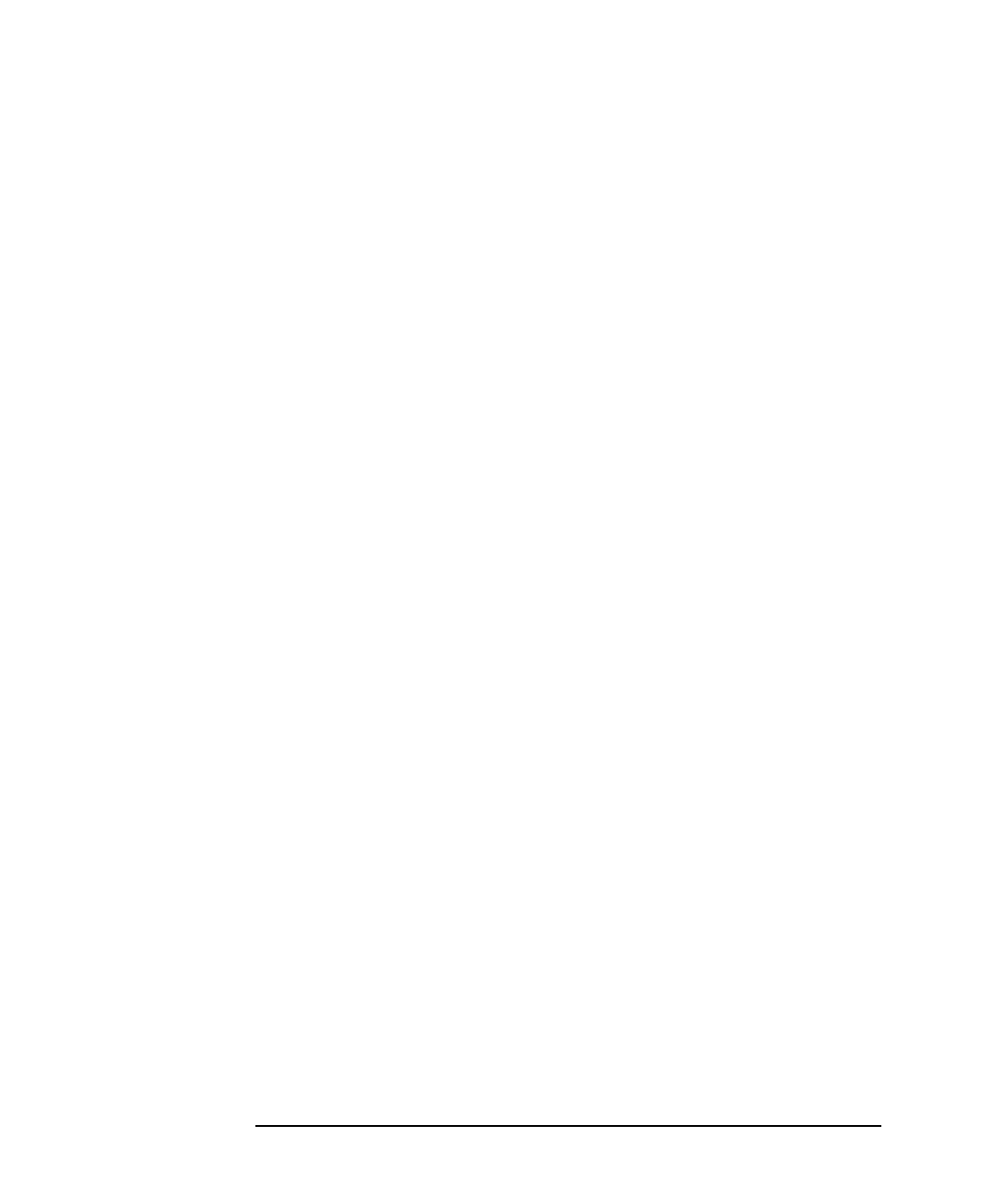HP-UX TN3270 Users Guide, March 1998
Table Of Contents
- Audience
- Fast Path to TN3270 Emulation and File Transfer
- Organization of This Guide
- Typographic Conventions
- Motif Version and Character-Based Version
- Help Screens
- HP-UX SNAplus2 TN3270 Documentation Set
- Related Publications
- 1 Introducing the TN3270 Emulation Program
- Overview
- Support of TN3270 Features
- Sessions
- Model 2-5 Display Support
- File Transfer
- Background Operation
- Temporary Exit from TN3270 Emulation
- Type-Ahead during TN3270 Emulation
- Local Copy
- Keyboard Remapping
- Keystroke Recording and Replay
- International Language Support
- 3270 Status Line
- Printer Emulation
- File, Customize, and Control Menus
- HLLAPI Support
- Where Do You Go from Here?
- Overview
- 2 The TN3270 Emulation Program User Interface
- 3 Getting Started with 3270 Emulation
- Overview
- Specifying the Path to TN3270 Product Programs
- Fast Path to 3270 Terminal Emulation
- Starting the TN3270 Emulation Program
- Using Menus and Dialog Boxes
- Running 3270 Emulation in the Background
- Overview of 3270 Operations
- 3270 Data Fields
- Double-Byte Characters
- Keystroke Recording and Replay
- Running HLLAPI Programs
- Moving from the Menu Interface to TN3270 Emulation
- Exiting the TN3270 Emulation Program
- Automating the TN3270 Emulation Start-Up
- Where Do You Go from Here?
- 4 Controlling 3270 Emulation
- 5 Transferring Files
- Overview
- Fast Path to File Transfer
- Preparing to Transfer Files
- Monitoring File Transfer Status
- Transferring Files Using the Menu Interface
- Transferring Files from the HP-UX Command Prompt
- Stopping a File Transfer in Progress
- Finishing File Transfer
- 6 Customizing 3270 Emulation
- 7 Solving Problems
- Overview
- 3270 Could Not Initialize due to Failure to Fork a...
- 3270 Emulation Program Not Found
- Cannot Get from 3270 Session to TN3270 Emulation P...
- Cannot Run 3270 Emulation in Background
- Cannot Run 3270 Emulation without a Menu Interface
- Cannot Tell Which Terminal Keys Correspond to Vari...
- Characters on Display Do Not Match Keys Pressed
- Customize Menu Options Not Selectable
- Display Colors Are Different from Those Selected
- Display Is Incomplete or Hard to Read
- Error Message—3270 User Not Found
- Error Message—No 3270 Sessions
- Error Message—No 3270 Users
- Failed to Initialize Windowing System
- Fields Cannot Be Changed or Edited
- File Menu Options Not Selectable
- File Transfer Process “Hung”
- HLLAPI Application Does Not Work
- Host Response Times Option Not Selectable
- Last Transaction Time Indicator (LTTI) on Status L...
- Main Screen Invoked Instead of 3270 Session
- Model Type Radio Group Is Not Selectable
- Open Option Is Not Selectable
- Style File Contains Invalid Maximum Structured Fie...
- Unable to Obtain System Semaphores
- Overview
- Functions within Groups and Corresponding Keys
- Alphabetical List of Functions and Corresponding K...
- Overview
- How the Status Line Is Displayed
- Overview of the Status Line
- Session Status Messages
- Do Not Enter Messages
- Communications Check Codes
- Last Transaction Time Indicator
- Cursor Width Indicator
- Numeric Indicator
- Insert Indicator
- Printer Identifier
- Record/Replay ID
- Host Session
- Cursor Position Message
- Session ID
- Program Check Codes
- Overview
- Menu Interface File Transfer Messages
- Host File Transfer Messages
- Overview
- Command Format
- Output
- Error Messages
- Overview
- Overriding Host Domain Names
- Overview
- Specifying Output Method
- SPOF Format
- Model Control Commands

84 Chapter 3
Getting Started with 3270 Emulation
Double-Byte Characters
Double-Byte Character in Column 80
When a field in the 3270 screen occupies more than one line, a
double-byte character can sometimes be split at the end of a line, that is,
the first byte of the character occupies position 80 of one line, and the
second byte occupies position 1 of the next line.
The TN3270 emulation program and the host will recognize the
double-byte character and process it correctly. However, the
character-based TN3270 emulation program cannot display it correctly
on the screen. Instead, it displays a “split character” marker in these two
positions.
The default character displayed is - (hyphen). You can change this to a
different ASCII character if required. You may want to choose a
character that is not normally used for any other purpose in the host
application to make it easier to recognize these split characters. To do
this, set the environment variable SNAP3270_SPLIT_CHAR to the
hexadecimal value representing the ASCII character you want to use.
For example, setting SNAP3270_SPLIT_CHAR to 40 displays the
character @ (0x40) in both positions of the split character.
On some terminal types, writing a character to position 80 on the last
line of the display causes a line feed. To avoid this problem, the TN3270
emulation program does not normally display a double-byte character
that occupies positions 79 and 80 on the last line of the display. If your
terminal can handle this correctly, you can set the environment variable
SNAP3270_LOWER_RIGHT to override this. The program attempts to
display a double-byte character in these positions if
SNAP3270_LOWER_RIGHT is set to any non-null value, and the program
does not attempt to display it if SNAP3270_LOWER_RIGHT is not set or is
set to a null string.
Motif The Motif TN3270 emulation program includes an additional column in
the screen display (column 81) when you are using a double-byte host
language. This column is normally left blank, with the data displayed
only in the first 80 columns.
If a double-byte character occurs at the end of a line, it is displayed in
positions 80 and 81, and position 1 of the following line (where the
second byte of the character would normally be displayed) is left blank.
The TN3270 emulation program and the host recognize the double-byte










